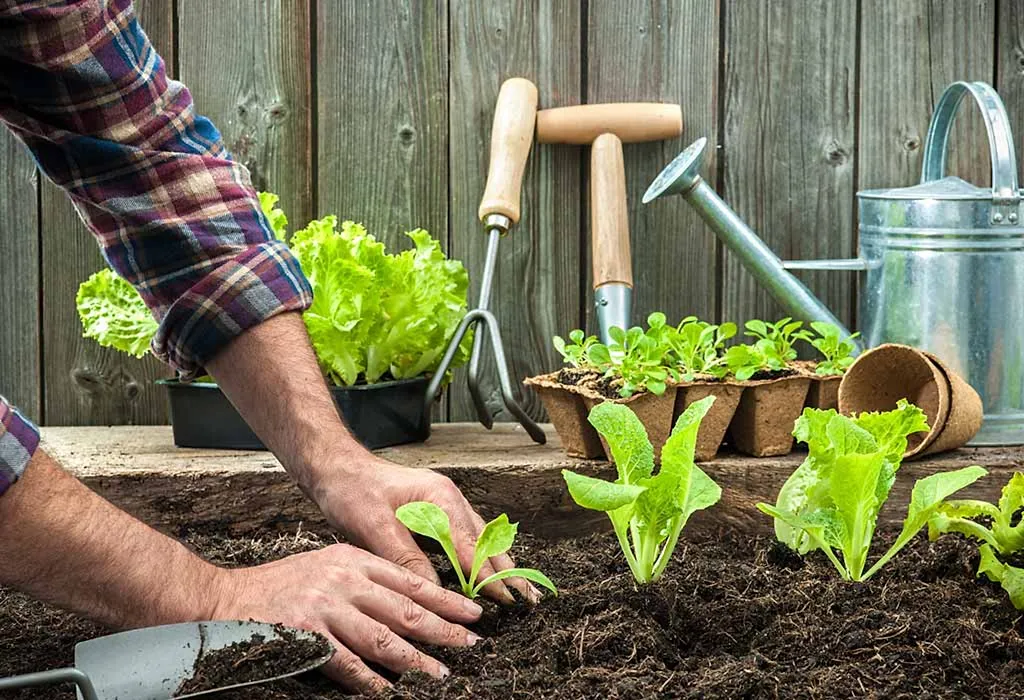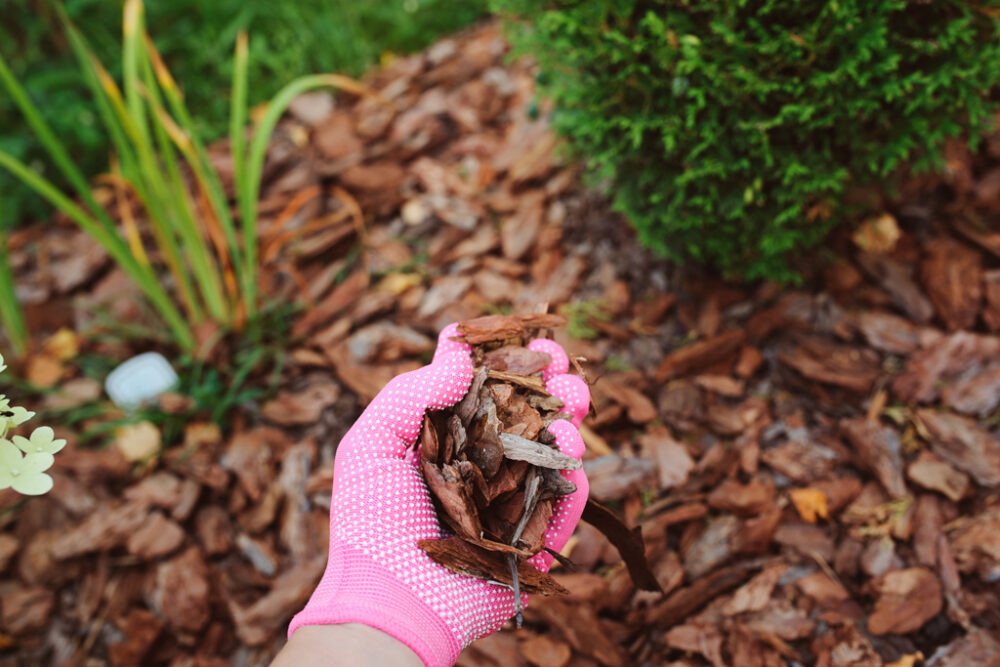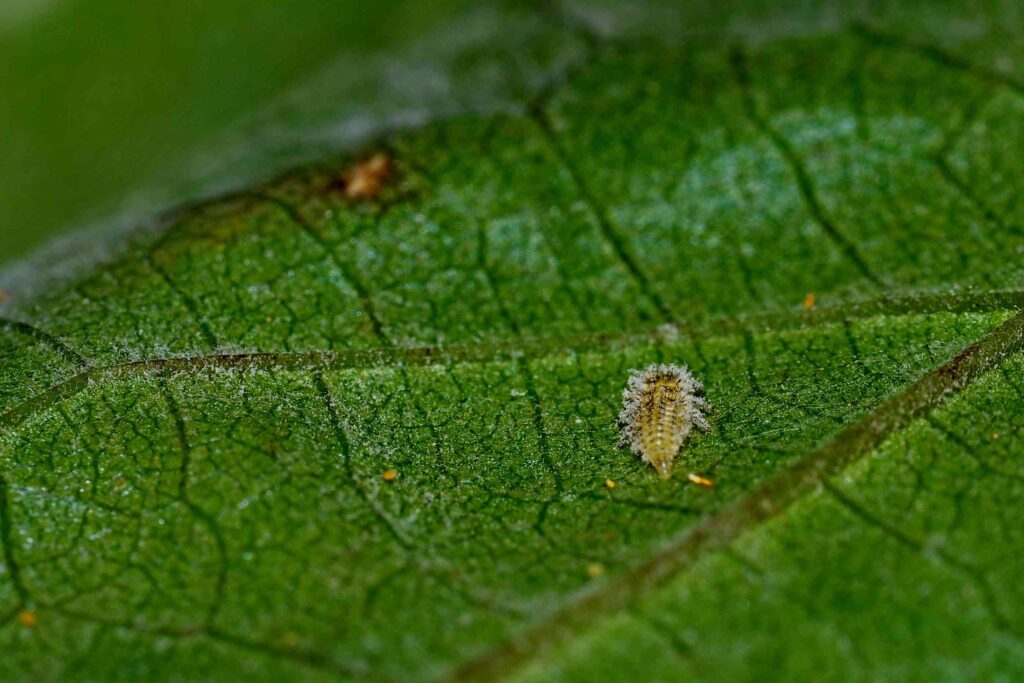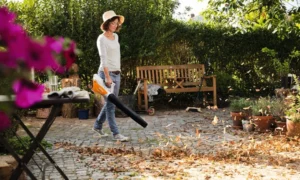Spring is a wonderful time to get outside and enjoy nature, but it also means it’s time to start thinking about maintaining your garden. Whether you have a large backyard full of flowers or a small container garden on your balcony, there are some easy tips you can follow to make sure your plants stay healthy and happy all season long. Keep reading for our top gardening tips!
Invest in Good Garden Supplies to Keep Your Plants in Good Shape

Source: parenting.firstcry.com
Investing in quality garden supplies is essential to keeping your garden looking lush and attractive. Gardeners who take the time to purchase well-made garden tools, fertilizers, and soil amendments enjoy improved performance from their garden over the long run.
Good quality Melbourne garden supplies offer better results than cheaper options due to resilience, durability, and effectiveness. The money spent on good garden supplies pays for itself in healthy plants that are easier to care for and maintain.
Investing in quality garden supplies benefits gardeners of all levels, allowing them to enjoy hassle-free gardening while reaping the rewards of healthier plants.
Water Your Plants Regularly – At Least Once a Week, and More if It’s Hot or Dry Outside
Keeping your plants healthy requires regular watering, and the amount you need to water depends on the type of climate you live in. In places with high temperatures or low rainfall, you may need to water your plants up to two or three times a week to keep them thriving.
If you’re short on time, focus on giving them slow and deep irrigation near the roots; that way they’ll get more of the vital nutrients they need and will be better equipped to cope with heat or drought conditions. This hydration can make all the difference in ensuring both your plants and garden stay beautiful year-round!
Space Your Plants Out So That They Have Space to Grow and Thrive
Proper spacing in a garden is essential to ensure that plants have the space needed to thrive. Without proper spacing, the roots are unable to spread and your plants will not receive adequate sunlight or air circulation. To determine how much space each plant needs, you should consider factors such as its mature size, seed packet information, and even research how densely different types of plants can be planted together.
With this knowledge in hand, you will be able to create the perfect spacing for your unique garden environment. Ultimately, planting with enough space for each plant will lead to strong, healthy growth and a beautiful oasis right outside your own backyard – now that’s valuable!
Pull up Weeds as Soon as You See Them, to Prevent Them From Spreading
It’s beneficial to pull up any weeds you spot in your garden immediately so they don’t have a chance to spread. Weeds can quickly overtake a garden if left unmanaged and can be both unsightly and damaging to existing plants. It’s also much harder to remove weeds once they’ve had the chance to take root and grow than it is to get rid of them before they’ve become established. Make weeding part of your regular gardening routine, and you’ll find the task easier and more rewarding!
Use Mulch Around Your Plants to Help Retain Moisture and Keep the Weeds Down

Source: h2oc.org
To ensure your garden stays healthy and weed free, it’s important to think strategically about the types of mulch you use. Whether you use bark chips, cocoa hulls, or shredded leaves, mulch helps keep moisture in the soil and also prevent any new weeds from growing.
Plus, by adding a thick layer of moisture-rich mulch to your garden beds and around each of your plants, you’ll be adding some extra nutrients that will help make all of your plants thrive. So don’t forget one of the simplest yet most efficient gardening tips – add a layer of mulch to your garden this spring!
Fertilize Your Plants Once a Month to Give Them an Extra Boost of Nutrients
Proper fertilizing is essential for robust and healthy plant growth. When plants are given the food they need, it strengthens their roots and helps them better absorb water and nutrients from the soil.
Fertilize your plants once a month to give them an extra boost of nutrients quickly, so they can focus on growing big and strong. Making sure you feed your plants the right amount of food will ensure that they look beautiful month after month.
Trim Back Any Dead or Dying Leaves or Branches to Encourage New Growth
Regularly trimming back any dead or dying foliage in a garden can be an essential means for encouraging new growth. Removing unhealthy parts of the plant will prevent diseases from spreading, as well as improve air circulation and the overall health of the plant.
Doing this is relatively simple, as all you will need is sharp pruning shears or gardening scissors. In addition to trimming away any dead parts, this is also a great opportunity to thin out plants that have gotten overgrown – making them both more aesthetically pleasing and healthier than before.
Check for Pests Regularly and Take Care of Them as Soon as You Spot Them

Source: thespruce.com
Gardening requires a lot of dedication and attention to detail in order to thrive. One important element that is often overlooked is pest control. If you want your garden to flourish, it’s crucial to check regularly for pests and deal with them as soon as they are spotted. Otherwise, the infestation can quickly spiral out of control and put your beloved plants in serious jeopardy. Take the necessary steps now to make sure you have a healthy and robust garden in the future.
Conclusion
With a little bit of care and attention, you can keep your garden looking beautiful all year round. Invest in some good quality supplies, water regularly, pull up weeds, use mulch, fertilize monthly, trim back any dead growth, and check for pests regularly. By following these tips, you’ll be sure to have a thriving garden that you can enjoy for years to come.

















